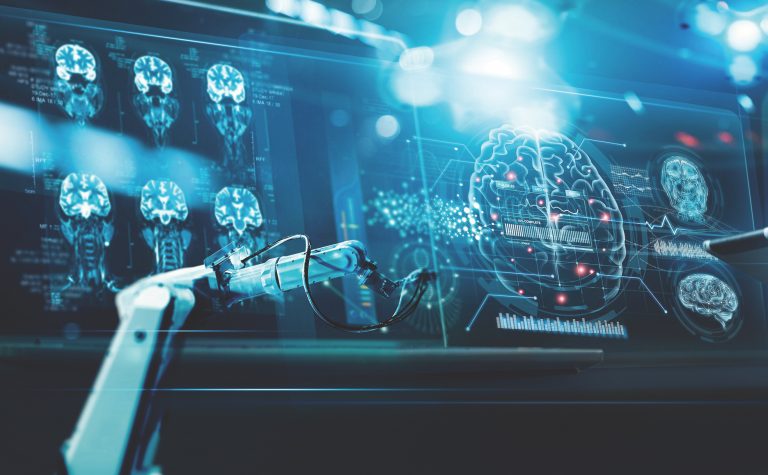Consider what lies ahead in the life sciences, against the backdrop of increasing digitalisation, climate change and emerging public health challenges

The onset of the pandemic has significantly transformed the way research is conducted and healthcare is delivered, and this change has been driven in particular by the rapid adoption of digital technologies. In short, the coronavirus disease 2019 (COVID-19) was a clear example of the value of global cooperation.
Life sciences have now reached another inflection point. Technological innovation continues at a rapid pace, concerns are growing about the impact of climate change on human well-being, and emerging public health challenges require collaborative approaches. For this reason, the Pistoia Alliance has established four new strategic priorities to enable the industry to continue collaborating on important projects that will lead to tangible change.
1. Harnessing artificial intelligence to accelerate research and development
Technology that was once considered futuristic is now an integral part of many modern laboratories. One such technology that is at the top of the adoption curve is artificial intelligence. According to our recent survey, 60% of companies intend to invest in AI and machine learning (ML) over the next two years, making it the most popular technology.
It is not surprising that companies are investing, because we are already seeing AI breakthroughs in key areas of pharmaceutical research – for example, accelerating existing workflows in small molecule discovery and improving performance for new drug candidates, saving months of time-intensive processes. .
However, there are common barriers that hinder the successful adoption of AI in R&D functions. As the industry moves from the height of hype to a more realistic view of AI's capabilities, there is a need to identify clear use cases for R&D areas where AI can add value – for example, real-life cases where companies have used AI to save time or identify candidates New Pharmaceuticals.
Read the full article here.

